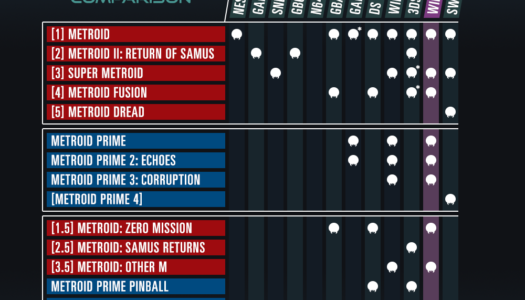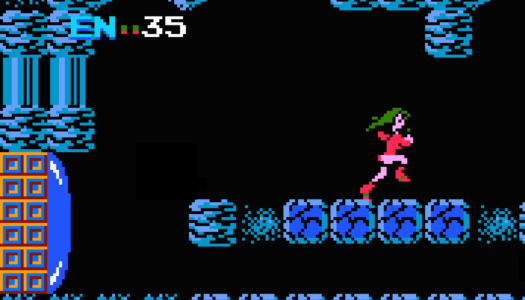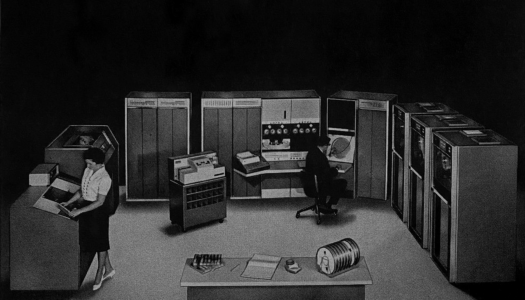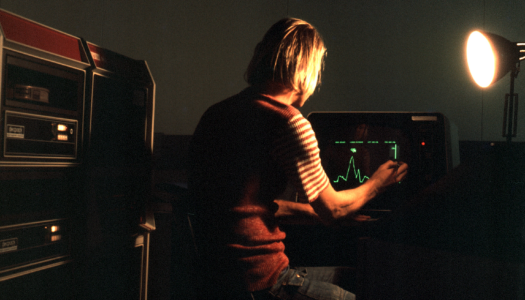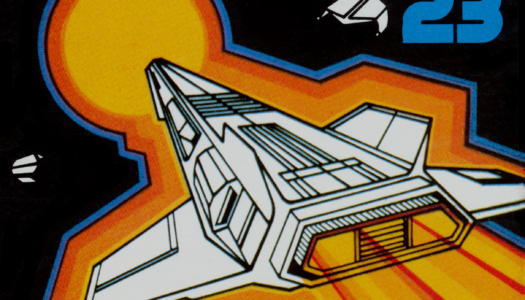Shin Megami Tensei: Devil Survivor
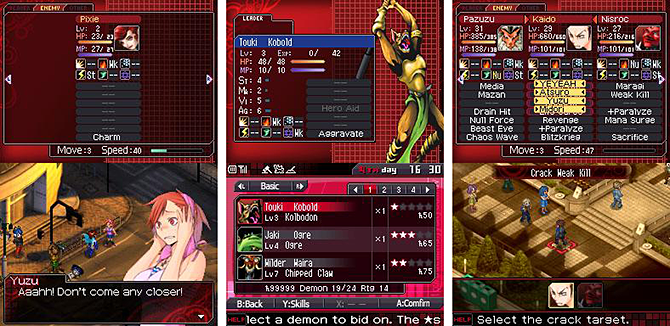
Publisher: Atlus / Developer: Atlus / Platform: Nintendo DS, Nintendo 3DS
I was searching for a third DS game for a “Buy Two, Get One Free” sale, when James suggested Shin Megami Tensei: Devil Survivor. I wasn’t feeling overly enthusiastic about the choice, and James’ description of the demon-battling game as “like Pokemon for a mature audience” wasn’t doing much to sway me, having never played much Pokemon myself. It didn’t help that the box art made it look more like “Pokemon for goth kids.”
So I was surprised when I found myself enjoying it a great deal. And by “enjoying it a great deal,” I mean sometimes playing it far too long into the night, unable to put it down. Which isn’t to say that its perfect, but it’s surprisingly fun. With this week’s release of Shin Megami Tensei: Devil Survivor Overclocked for the 3DS—a re-release that adds 3D functionality, voiceovers for all the dialogue, and an additional chapter to the game—here’s our review of the otherwise mostly identical original release.
The story of SMT:DS involves the main character and his two friends Atsuro and Yuzu (reluctantly nicknamed “Yoohoo”), who are each given a device called a COMP—which looks suspiciously like a DS—by the hero’s cousin Naoya. That same day, demons suddenly begin appearing, and Tokyo is in lockdown. Not long after that, the characters discover that their COMPs have been modified to give them the ability to summon demons of their own, and that Naoya is hoping for their help in using these summoned demons to battle against the demon invasion. Though I can’t help but think it would’ve been much more clever to just call the COMPs “Demon Summoners” (aka DSs) and title the game similarly.
Soon, it’s revealed that the hero can see the same numbers over people’s heads that you the player can see, and that these numbers refer to how many days a person has left to live. If they have over ten days left, they don’t have a number, but most everyone in lockdown appears to only have six days or less. Even more alarming, the three friends have only a few days to live themselves. From there, it becomes about solving the mystery of what happens in six days, and whether you can change your characters’ final fate. Nothing is set in stone, with story decisions you make leading to a half dozen possible endings, while you fight demons Pokemon-style.
Unfortunately, the otherwise engaging story also contains some of the game’s biggest annoyances. Most of the plot is delivered via conversations between characters, but perhaps in an effort to make the story as accessible to all ages as possible, even the most insignificant little details are first over-explained, and then re-explained in case you still didn’t get it.
The biggest casualty in this subtlety-is-the-enemy approach is Ms. “Gah… I can’t keep up with this!” Yoohoo, who is apparently meant to function as the perspective of the “average” person, asking for clarification on things that not everyone might know. I’m not sure whether I stopped skipping all her dialogue after she asked Atsuro if he could explain a host/client relationship “in regular-people words” (and then asked him to explain it a second time once he did), or after she responded to a discussion of Skill Sets and Bonuses with: “This is such a guy thing… You better not do anything risky going after this stuff!”
What’s even worse is that even when you’re given the option of having the main character ask for clarification, and you decide that you need no clarification (because you understand), Yoohoo has to ask anyways, resulting in a lot of me mashing the A button to skip. It’s almost like they wanted us to dislike her. I was filled with dread when I heard that SMT:DS Overclocked was adding voice actors, since the only thing I can imagine being worse than reading Yoohoo’s dialogue would be having to listen to it.
Not that Yoohoo is necessarily the most dislikable character in the game, since that distinction belongs to Magical Dolly, The Warrior Of Love! (Exclamation point hers.) On that I will say no more.
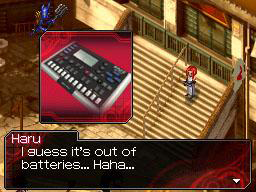
Haru laughs in the face of death.
But this isn’t to say that I hated all the female characters in the game. My favorite character immediately became Haru, a cynical singer/songwriter with an odd sense of humor, who uses a music sequencer instead of a COMP. To say I was disappointed when I discovered there was no way to actually recruit her to my party would be an understatement. Doubly disappointing is that her story path is one of the most difficult paths in the game, recommended to not be attempted until New Game Plus. The easiest path to most quickly get to New Game Plus? Yoohoo’s path. This is me sighing.
My other major complaint about the game is that grinding to keep your characters’ levels up is nearly unavoidable. Free Battle and Free Battle (Hard) aren’t there just to give people a little break from the story. These are basically designated grinding zones, so that you won’t have as much trouble with the next big story-related battle.
To keep the grinding from being as much of a drag, they include a Skill Cracking function. At the start of a battle, you can choose from a small list of crackable skills, selecting which of your party members will go after which enemy with the desired skill. If that party member defeats that enemy, the skill will unlock for any of your party members to use (if their stats are high enough). Skill Cracking is available during story battles as well, but also keeps Free Battle from feeling like a complete waste of time.
A minor complaint of mine is some of the unintuitive game functions that could’ve been worded more clearly. For example, after having started a New Game and saving, the next time you start up the game you will be faced with three options: New Game, Load Game, and Continue. There are not multiple save files, so Load Game basically continues the game where you left off. Wait, so what does Continue do?
It turns out that there are two types of saves related to your save file. One is just your regular game save, which you do from the main menu. But you can also save your game during a battle, from the menu that comes up when you press Start. Except, instead of “Save Game,” it says “Suspend Data.” Which makes no sense, because you’re not suspending anything, you’re saving it.
At any rate, if you “suspended” your “data” during a battle, Continue will take you directly to that point, while Load Game will take you to the last non-battle save. I mean, it’s not like they couldn’t have named them “Load Last Save” and “Load Last Battle,” and called “Suspend” your “In-Battle Save.” That would’ve made too much sense.
I have a similar problem with the resistance called Drain. Most of the resistances are self-explanatory: Weak means weak, Strong means strong, Reflect means it reflects the attack back at you, Nullify means it nullifies the effect. But Drain? Drain sounds like it’d either do the same as Nullify, draining all the power from the attack, or conversely, it would completely drain the target of all HP or MP. What Drain actually does should’ve been named Convert. It converts the energy of the attack into HP or MP.
But complaints aside, it really is a fun and addicting game (except when I get stuck). Unlocking new abilities for my party members, fusing demons together to create awesomer demons (or purchasing them via the Ebay-esque demon auction), watching enemies I used to have trouble with in the previous chapter now getting mowed down fairly quickly (and satisfyingly). And the music is pretty good. Even the few problems I have with the story can sometimes transcend their badness to achieve almost a so-bad-it’s-good quality at times—variations of “Dammit, Yoohoo” are this close to becoming a meme of sorts. It’s even funnier if, like me, you name the main character “Ash.”












